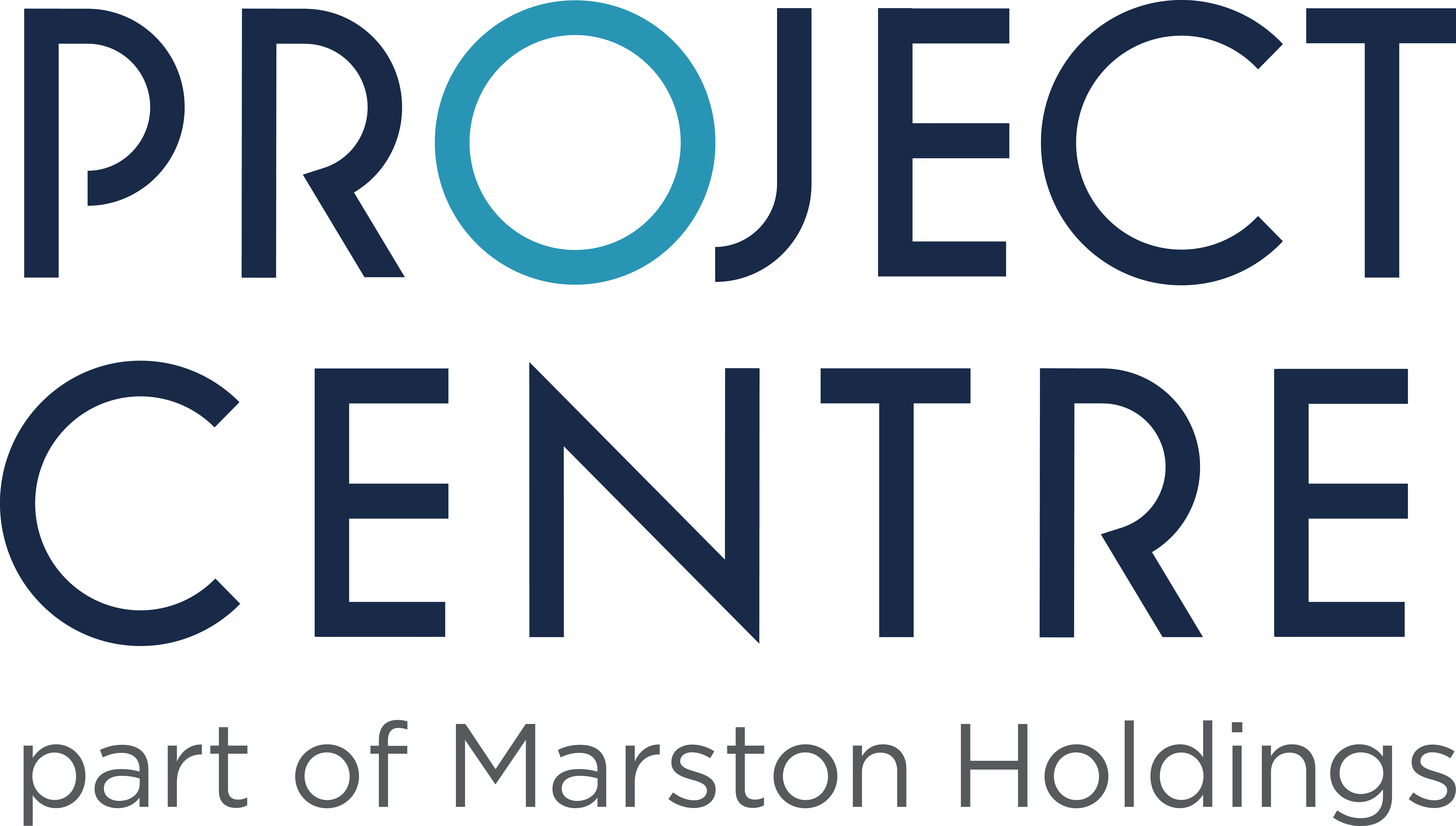The University of Westminster’s Active Travel Academy conducted the largest study of low-traffic neighbourhoods (LTNs) in London, and found that LTNs reduced motor traffic by an impressive 47%. The study reported data from 46 LTNs across 11 London boroughs.
LTNs aim to reduce the number of vehicles that travel through certain streets, creating a safer and healthier environment for pedestrians and cyclists. Many opposed to the schemes, think that closing streets will only increase congestion in nearby areas.
These recent studies show opponents this isn’t the case. Not only has LTNs reduced motor vehicle traffic in the residential streets, but they have also dropped it by 13% ion boundary roads. The traffic reduction has positive impacts on the quality of the air across the boroughs, which reported CO2 emissions falling by 5.7%.
Low traffic neighbourhoods are working to bring positive change to the environment and people’s health. However, LTNs are not obstacle-free schemes and have captured media attention across the country. Designers, engineers, communities, councils and communication teams all need to work together to create safer and healthier streets for everyone.
Keys to successful LTNs
Community engagement is at the centre of developing LTN schemes. Promoting a sustainable mode shift means being able to address and provide solutions to the community’s safety and logistics concerns.
We truly believe that a multidisciplinary approach is key to developing successful low traffic neighbourhood schemes. The engagement strategy should collect a wide variety of the community’s opinions. Designers will use the consultation results to find the key elements or areas to improve. Keeping constant communication with the community and council is fundamental to making any design amendments on time and within budget.
At Project Centre, our multidisciplinary team also works collaboratively with our sister company, Videalert, part of Marston Holdings, to deliver and maintain LTN schemes. Videalert installs high quality CCTV cameras to monitor traffic and parking contraventions.
Marston Holdings’ Director of Environment, Nick Ruxton-Boyle, wrote about LTN schemes for Air Quality News:
“The report validates some of the data I am seeing on many of our schemes that both internal and external vehicle traffic is reduced as a result of these projects. This has a significant improvement on local pollution, as well as congestion, collisions, and noise.”
Here are some of our successful low traffic neighbourhoods
Waltham Forest – Mini-Holland Scheme
We worked with the London Borough of Waltham Forest to deliver the award-winning London mini-Holland scheme.
Our team did a great job at making the community feel part of the project throughout and after delivery. Our design and traffic team worked collaboratively to develop the scheme, including these steps:

- Perception surveys – we issued consultation maps. This allowed the whole community to identify current problems and areas of improvement.
- Initial design – we delivered this by matching the community’s needs and concerns with the sustainable objectives of the project.
- Community engagement – we engaged with residents, partners and stakeholders, to host community workshops. At these we present the results of the previous feedback stages.
- Formal design – we redistributed junctions and road space effectively. Through carrying out all VISSIM, LinSig and Transyt modelling on the designed routes.
Investigations into the early impact of the scheme discovered it increased positive perception of the local environment amongst the community, promoting active travel and lower traffic and CO2 emissions.
Old Bethnal Green Road
The London Borough of Tower Hamlets commissioned us to reduce through traffic, improve air quality and encourage active travel across the Bethnal Green residential area. The key improvement area omprised of Old Bethnal Green Road, which was dominated by vehicular traffic.
Our engagement team issued surveys, online consultation maps and designed workshops, collecting a total of 2,300 responses from the residents. More than two thirds of responders supported our proposal, which involved:
- Part road closures
- Wider pavements and improvement of cycling infrastructure
- Signalised crossings to help vulnerable residents move around
- Extra seating areas, additional cycle stands, as well as greenery planting to improve attractiveness, biodiversity and air quality
- Enhanced street lighting and CCTV to tackle antisocial behaviour and improve safety
The consultation results were positive, and the scheme was built. After implementation, a further survey was conducted by the Council and overall feedback overall remained positive.
We have been here for 24 years. I was a cyclist but found cycling in London just too terrifying and dangerous. With the LTNs initiative, I suddenly feel confident to get back on my bike. We are now thinking differently about how we deliver in London. For example, we are able to do many of our deliveries within London by bike.
A shopkeeper in Columbia Road

Low traffic neighbourhoods in progress…
We are currently working to develop a number of LTNs in London. We are working collaboratively with Newham Council to design and deliver 12 LTNs across the borough. We’re at the concept design stage and our proposals have been well received by the public and the Council.
We are also working to develop low traffic neighbourhoods across Ealing. The suggested active travel route allows access for pedestrians and cyclists only, with an exception for emergency and council vehicles. The measures are set to increase safety, biodiversity and attractiveness across the area, creating a place where people want to live in.


